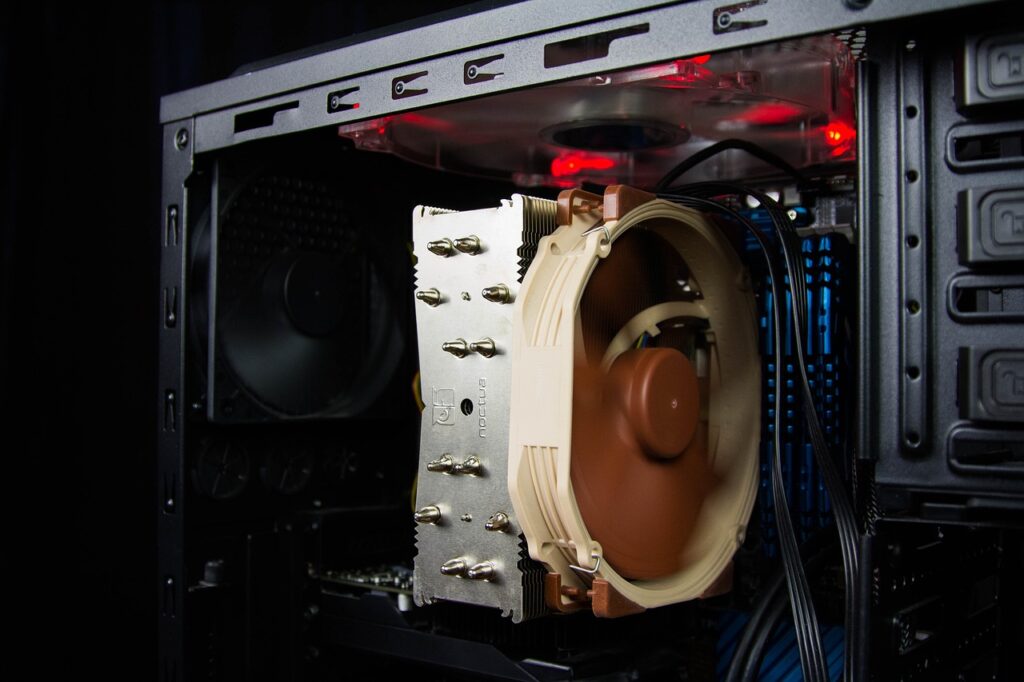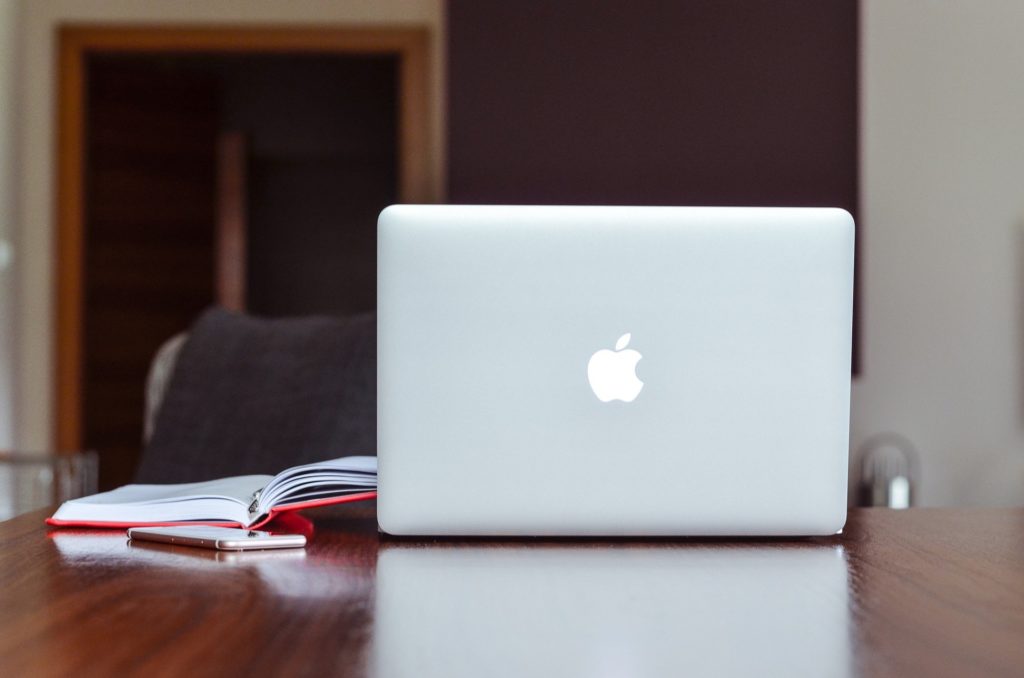Macs typically run super-fast and perform your commands with lightning speed, which is a bonus of having such a powerhouse in your use. But with time, you might notice that the system runs slower or sometimes get notifications about application memory. These are the signs of full RAM, which causes an overload for the macOS and causes your device’s performance to deteriorate. Here we share some useful tips for managing your RAM effectively, from scratch disk clearing to quick RAM diagnostics, so that you can always keep your Mac’s performance at all times high.
What Is RAM?
RAM is an acronym for random access memory, which serves as your Mac’s short-term memory storing temporary files for everyday operations. Its features make it volatile, meaning that all temporary data is deleted every time you restart the device. However, during your work session, RAM takes the files and data you need for performing some operations from the permanent storage of the hard drive and transfers it to the RAM working space.
How to Check the RAM Usage?
If you’re in doubts about the available RAM space, it can be easily checked in the <href=”#Activity_Monitor”>Activity Monitor section. There, you should find the Memory tab that shows the list of processes consuming your RAM at the moment. The Memory Pressure section at the bottom gives a detailed overview of where your RAM goes and whether there is enough space for use.
Freeing Mac’s Memory: 7 Steps
Now that you see the RAM problem on your Mac, it’s time to remedy the situation.
#1 Scratch Disk Clearing
Some apps use lots of RAM, thus slowing down your Mac. For instance, 3D design software like Photoshop, graphics apps, and video processing suites consume too much RAM for your Mac to perform other operations well. If there’s not enough RAM, Photoshop can use a scratch disk – a specific disk drive area – to store its temporary files. Thus, to free up RAM and clear the scratch disk for continued good performance, you need to clear the Photoshop cache first, then remove all unnecessary temporary files, and tidy up your Mac space by revisiting the Trash bin, clearing the desktop, and removing all old, redundant data.
#2 Restarting Your Device
It may sound too primitive, but indeed, a quick restart of your device helps revive its operability because of the removal of temporary files in RAM. As we noted above, temp files are ousted from the system upon its shutdown. So, instead of managing these files manually, you can simply restart your Mac and have them all cleared automatically.
#3 System Update
Your memory may get cluttered by non-working, failed apps or bits of data. As a result, you either need to spend days on manual clearing of that software trash or go for a comprehensive, automated system update. Once your macOS gets updated, its data or app fragments are cleared, giving way to new, improved, and well-functioning software.
#4 Demanding Process Review
You might be surprised to know how background processes eat your RAM and prevent your normal performance. There are many demanding processes you might not need, so checking the number of currently active processes may work out well for the system’s revival. Quit the processes you don’t need and see how well your Mac starts working.
#5 Window Optimization
It may also help to merge the windows in which you work to achieve better memory performance due to its optimization. If you’re using numerous windows or several web browsers, consider optimizing their number. For instance, using Safari and Google Chrome simultaneously can drain your RAM substantially, so it’s better to opt for only one browser.
#6 Activity Monitor Review
The Activity Monitor menu on your Mac can give you much more information about what drains your RAM than any other tab. There, you can see all processes that currently run on your device, and their number and variety can surprise you. Sorting out all processes by memory consumption can allow a comprehensive view of what activities are too burdensome for your system. Thus, by reviewing that list and closing the processes you don’t need right now, you can achieve sizable performance gains quickly.
#7 Malware Scanning
Last but not least, it’s always reasonable to perform an antivirus check for your poorly performing Mac. Once all memory clearing steps are completed and the device still underperforms, the reason for its slow work may hide in the viruses or malware. Thus, a quick scan will show whether your Mac is infected. If it is, choosing an effective and safe should be your next step in memory issues’ troubleshooting.
Memory Checks Are Important
As you can see, reasonable RAM consumption is a path to your Mac’s highly effective, quick performance. Don’t neglect the memory problem alerts you see on the screen; neglecting the problem for too long may cause you serious trouble, including losing vital files or severe security vulnerabilities, let alone the irritating slow performance.
- Is It Worth It to Install macOS Monterey and How to Downgrade It - November 8, 2021
- When Digital and Physical Worlds Overlap: Tackling OT Security Challenges - September 23, 2021
- Freeing Your Mac’s Memory: Top 7 Simple Steps - August 26, 2021




Comments are closed.